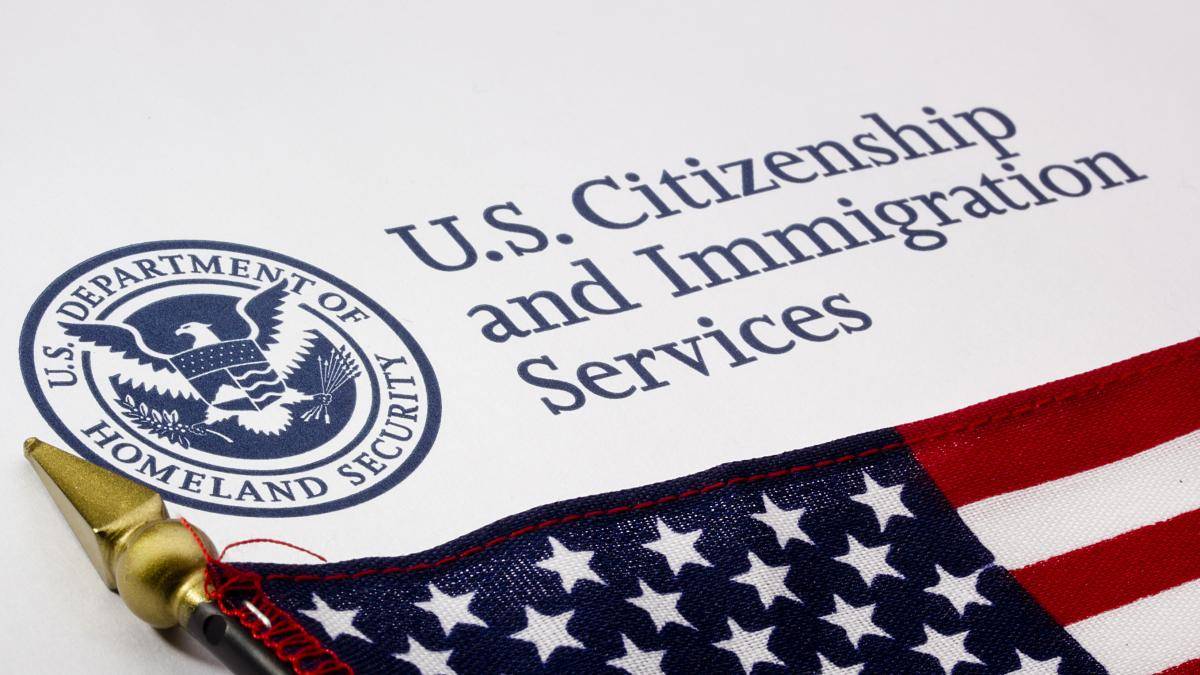New H-2 and H-1B visa rules: What US employers and foreign workers need to know
Department of Homeland Security streamlines worker visa process for 2025

The United States government has announced a major overhaul of its H-2 and H-1B visa programs, marking a significant step towards modernising and improving the process for hiring foreign workers.
This development promises to address the evolving needs of employers and workers while enhancing worker protections.
Set to take effect on January 17, 2025, the reforms will introduce greater flexibility, improved processes, and clearer rules for both temporary agricultural workers and highly skilled professionals in the US.
What’s new for H-2 workers?
The final rule concerning the H-2 visa program brings a series of changes that impact both agricultural and non-agricultural workers in the US. The H-2A program, which covers temporary agricultural jobs, and the H-2B program, which addresses non-agricultural seasonal work, will both see major updates designed to streamline the process for employers and provide greater protections for workers.
Portability and grace period: One of the most notable changes is the introduction of "portability" for H-2 workers. Under the new rule, H-2 non-immigrants will be able to begin working with a new employer as soon as the employer files an extension of stay petition, rather than waiting for approval. Additionally, the grace period after employment ends has been extended. H-2 workers now have up to 60 days to find new employment or prepare to leave the US, up from the previous 30 days.
Stronger worker protections: The final rule also strengthens protections for workers by introducing new penalties for employers who charge illegal fees or violate labour laws. H-2 workers will also receive whistleblower protections, which were previously unavailable to them. These protections are similar to those granted to H-1B workers, ensuring that those who report abuse are safeguarded against retaliation.
Changes to Petition and Worker eligibility: In a move that simplifies the process, the rule removes the requirement that H-2 petitions must only be approved for nationals from designated countries. This allows workers from any country to apply, as long as they meet the necessary qualifications. Furthermore, the rule now provides a uniform policy for how workers' stays are calculated, eliminating previous complexities related to interrupted stays.
H-1B Visa: What’s changing?
The H-1B visa program, which allows US employers to hire foreign workers in specialty occupations, is also undergoing significant reforms. The program has long been a key pathway for skilled professionals, but recent changes aim to make it more flexible while maintaining strong worker protections.
Expanded eligibility for specialty occupations: The final rule clarifies the types of occupations that qualify for H-1B visas. While a bachelor’s degree is typically required, the rule now allows for a broader range of qualifications as long as the degree is directly related to the job duties. This change is aimed at making it easier for employers to hire workers with diverse qualifications in fields like engineering, IT, healthcare, and more.
Deference to prior approvals, and site visits: One of the most important updates is the reinstatement of the “deference to prior approvals” policy. This means that USCIS will now defer to earlier visa approvals in most cases unless there are material changes in the employment situation. Additionally, the final rule formalises the authority of USCIS to conduct site visits, ensuring that employers are complying with the visa program’s requirements.
Protections for students transitioning to H-1B: The rule also includes protections for international students transitioning from F-1 visas to H-1B status. These students will be allowed an additional six months of work authorisation to bridge any gaps in their immigration status while awaiting H-1B approval.
US visa types: H-2A, H-2B, and H-1B
H-2A Visa: For foreign workers coming to the US temporarily for agricultural work. The H-2A visa allows employers to fill seasonal agricultural jobs when US workers are unavailable.
H-2B Visa: For non-agricultural workers filling temporary or seasonal jobs in industries such as landscaping, hospitality, and construction. The H-2B program is capped at 66,000 visas per year, although additional visas are sometimes granted during times of high demand.
H-1B Visa: Designed for workers in speciality occupations that require a bachelor’s degree or higher (or equivalent). This visa is popular in sectors like IT, engineering, and finance.
How to apply
To apply for an H-2 or H-1B visa, applicants must first secure a job offer from a US employer willing to sponsor their visa. Employers are responsible for filing the petition on behalf of the worker, submitting necessary documentation, and complying with all relevant labour laws.
For H-2 visas, the employer must prove that there are no qualified US workers available for the position.
The petition process for H-1B visas is more competitive due to the high demand for these positions. Employers must submit their petitions during the designated application period, typically in April, and applicants may be selected through a lottery system.
Both employers and workers need to be aware of the upcoming changes to ensure compliance. Employers must use the new Form I-129 starting January 17, 2025, for all petitions under both the H-2 and H-1B programs. Workers should also be aware of the updated grace periods and portability rules to avoid falling out of status if they change employers or face job disruptions.